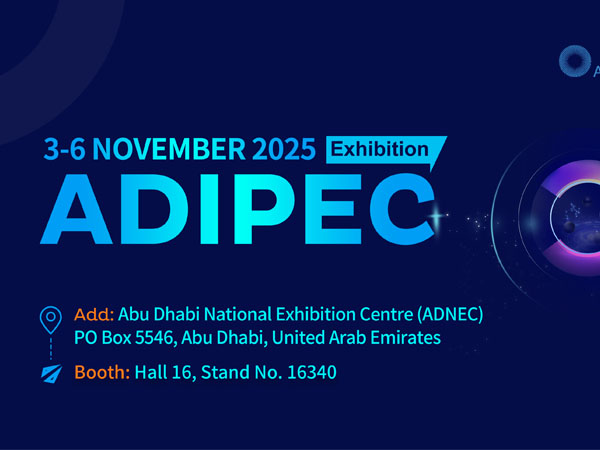
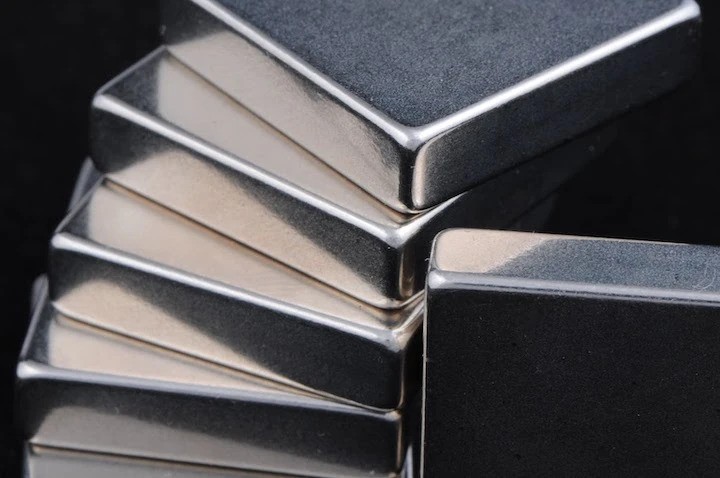
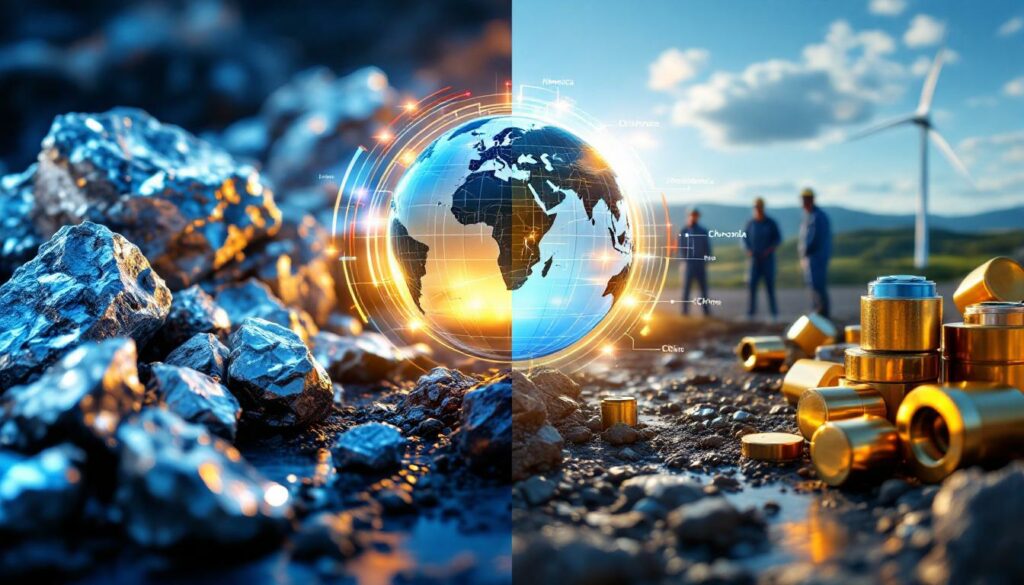
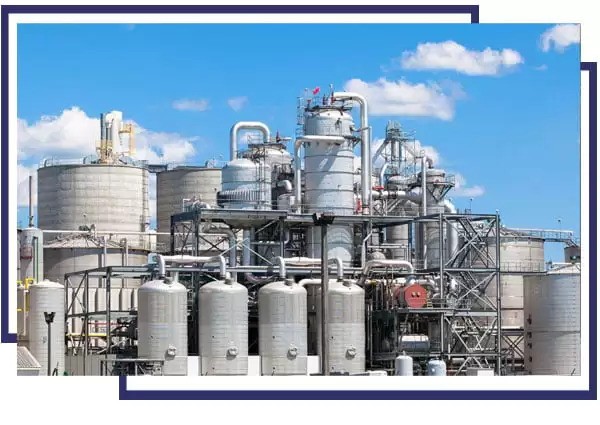
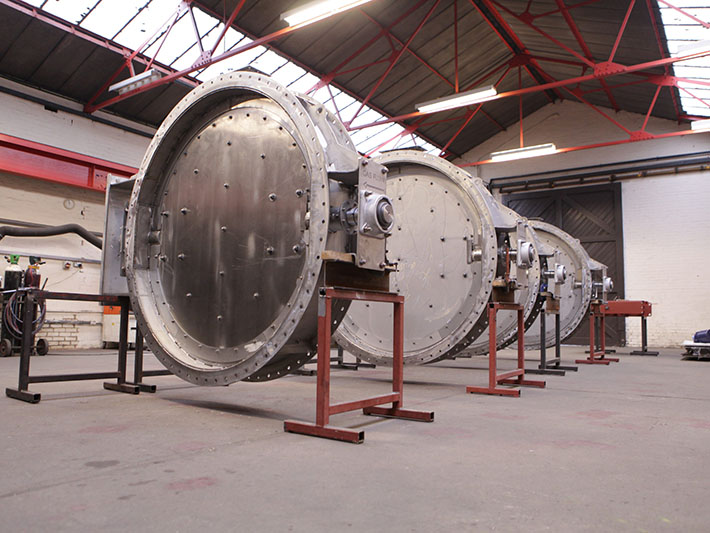

Phone
+86-731-82250427
Address
25th floor, C3 Building, Wanda Plaza, Kaifu District, Changsha, Hunan Province, China.
 Apr 15 2025
Apr 15 2025The global push for sustainable infrastructure and clean energy is reshaping industrial material demands, with 2205 duplex pipe emerging as a critical enabler of next-generation technologies. Known for their exceptional corrosion resistance, high strength, and cost-efficiency, these pipes are no longer confined to traditional sectors like oil and gas. Two rapidly evolving fields—seawater desalination and hydrogen energy systems—are now driving unprecedented adoption of 2205 duplex steel, showcasing its versatility in solving modern engineering challenges.
In seawater desalination, where chloride-laden environments relentlessly attack conventional materials, 2205 duplex steel has become a game-changer. Desalination plants, particularly in water-scarce regions like the Middle East and coastal Asia, face constant corrosion issues in high-pressure reverse osmosis (RO) systems and brine discharge pipelines. Traditional 316L stainless steel pipes often succumb to pitting and crevice corrosion within months under chloride concentrations exceeding 30,000 ppm. In contrast, 2205’s dual-phase microstructure—combining austenitic and ferritic properties—provides unmatched resistance to stress corrosion cracking (SCC) even at elevated temperatures. For instance, a large-scale desalination project in Saudi Arabia reported a 90% reduction in pipe replacements after switching to 2205 duplex steel, achieving over 10 years of uninterrupted service in harsh marine conditions.
As the world pivots toward hydrogen as a clean energy carrier, 2205 duplex steel is proving equally vital. Hydrogen production, storage, and transportation require materials that resist embrittlement and withstand high-pressure hydrogen environments. In electrolyzer systems, where demineralized water is split into hydrogen and oxygen, 2205 pipes excel in handling aggressive acidic electrolytes and fluctuating pressures. Similarly, hydrogen compression and pipeline networks demand materials with fatigue resistance under cyclic loading—a challenge 2205 addresses through its yield strength of 550 MPa, nearly double that of standard 304 stainless steel. European hydrogen projects, such as Germany’s HyStorPor initiative, now specify 2205 duplex steel for critical hydrogen transport infrastructure, citing its compliance with ISO 14687-2 purity standards and leak-proof performance.
The synergy between these applications lies in 2205’s ability to bridge durability and sustainability. Desalination plants, often energy-intensive, increasingly integrate with green hydrogen production facilities powered by renewable energy. This hybrid model—using desalinated water for electrolysis—creates a closed-loop system where 2205 pipes serve dual roles: resisting saltwater corrosion while maintaining hydrogen integrity. Such innovations align with global net-zero goals, reducing lifecycle costs and minimizing environmental footprints.
Market trends underscore this momentum. According to Global Market Insights, the 2205 duplex steel pipe market is projected to grow at 7.8% CAGR from 2023 to 2032, fueled by desalination and hydrogen investments. China, home to over 60% of the world’s desalination capacity expansion and a leader in hydrogen infrastructure development, is spearheading demand. Chinese manufacturers are advancing 2205 pipe production with automated welding and precision alloy control, ensuring compliance with international standards like ASTM A790 and NACE MR0175.
From quenching humanity’s thirst for freshwater to fueling the hydrogen economy, 2205 duplex stainless steel pipes are quietly revolutionizing how industries confront 21st-century challenges. As technology and sustainability imperatives converge, this material isn’t just keeping pace—it’s setting the standard.
